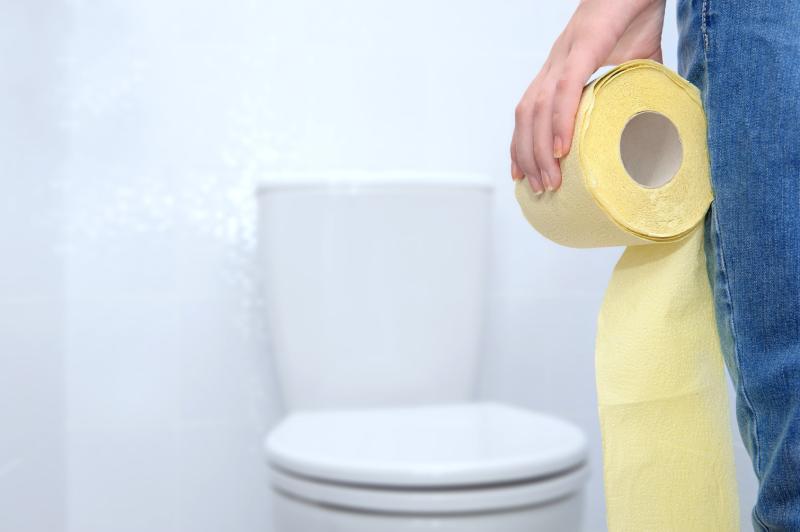
A recent study has found that a lot of women avoid public restroom over concerns of cleanliness, privacy, and availability of amenities, and many of those who normally limit their use of these restrooms more frequently report unhealthy toilet behaviours and lower urinary tract conditions.
In total, 6,004 women participated in this study, of whom 26 percent reported limiting public restroom use most or all of the time and were more concerned with cleanliness than those who did not limit public restroom use.
In addition, these women reported using nonsitting positions when away from home and holding their urine to avoid public restroom. They also reported higher International Consultation on Incontinence Questionnaire Female Lower Urinary Tract Symptoms (ICIQ-FLUTS) scores, more frequent overactive bladder, and fewer than seven voids a day.
“These findings will help guide future research and inform public policy and bladder health awareness,” the authors said.
This cross-sectional study sought to identify why women avoid public restrooms and the associations of lower urinary tract symptoms and toileting behaviours.
A convenience sample of US women was recruited between October and December 2017 to complete a cross-sectional, anonymous questionnaire regarding public restroom use, lower urinary tract symptoms (using ICIQ-FLUTS), and toileting behaviour (using Web-Based Toileting Behaviour). The authors then compared women who reported limiting use of public restroom all or most of the time with those who did not limit or did so occasionally or sometimes.